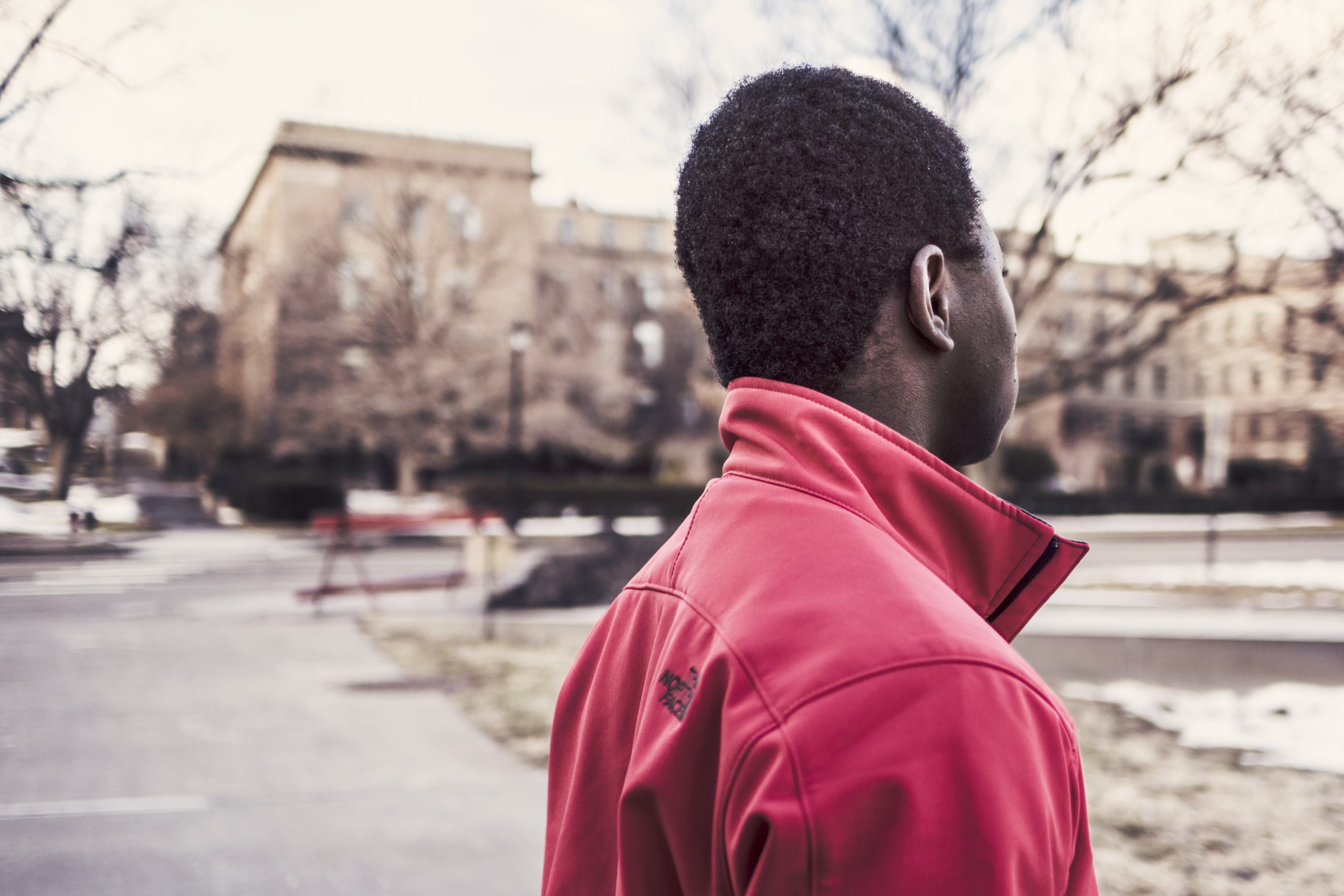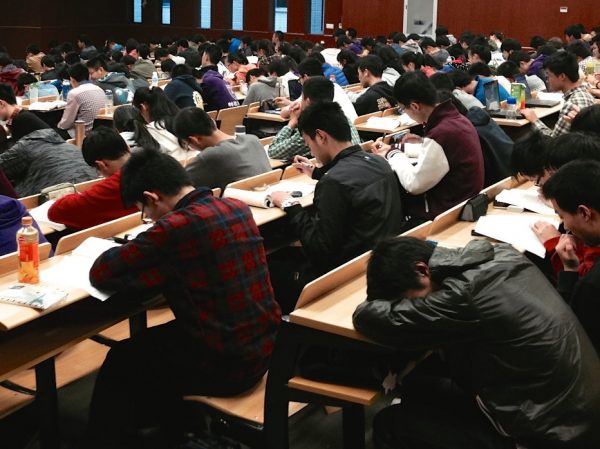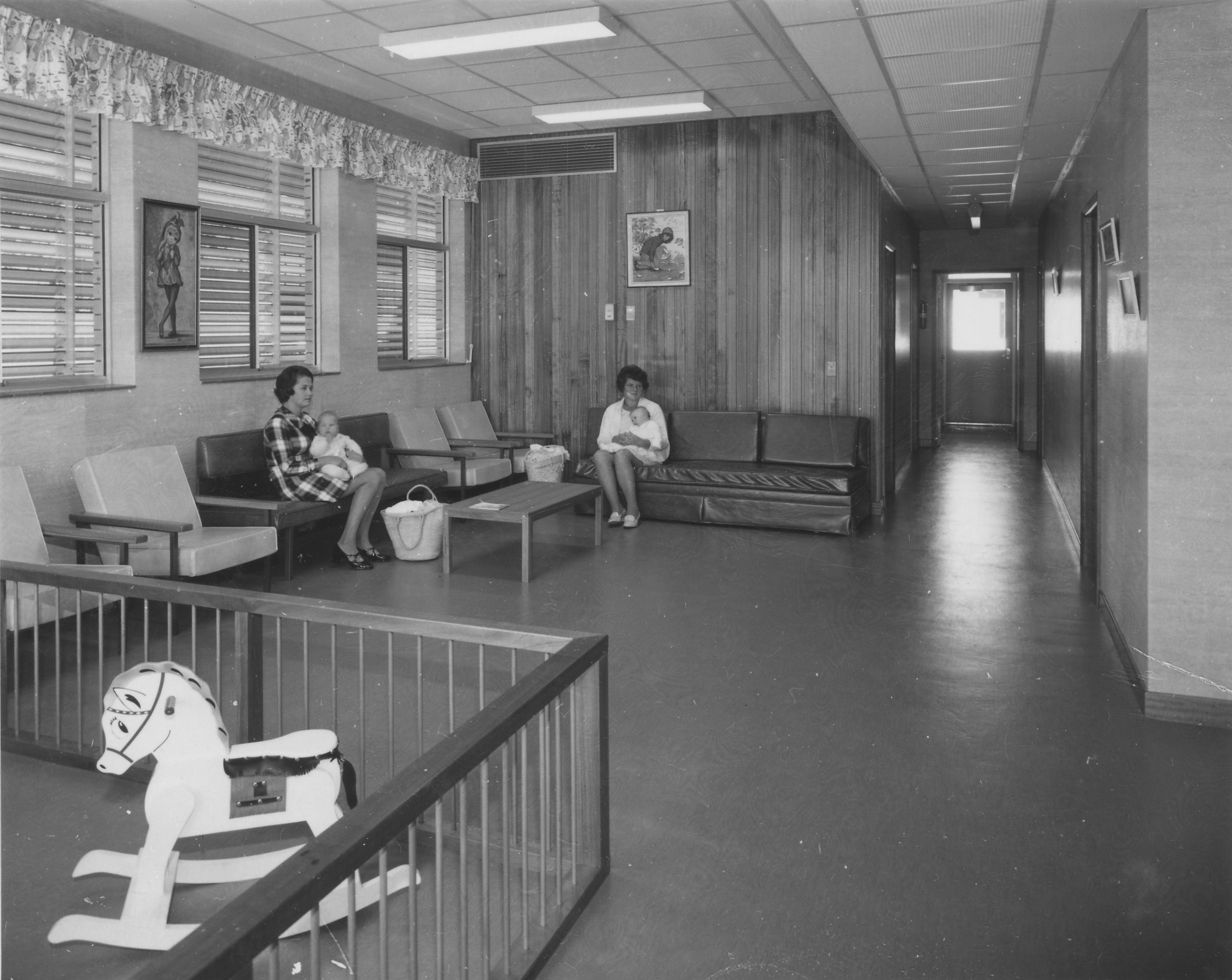
American fine dining is innovative, prestigious, and world-renowned. But a recent study by Gillian Gualtieri reveals that inequality also shapes the industry: only some forms of cuisine are labeled as “ethnic” and excluded from the status and rewards of the fine-dining designation.
Gualtieri conducted 120 interviews with renowned chefs in New York City and the San Francisco Bay Area, two of the most popular restaurant cities in the United States. She also analyzed over one thousand Michelin restaurant reviews from these cities. Her basic finding was that restaurants that are considered “ethnic” are held to different standards.
Gualtieri identified three descriptors routinely used in to assess restaurants: technique, creativity, and authenticity. These criteria are used inconsistently by both chefs and critics. Restaurants considered general fine dining establishments, including those featuring Italian, vegan, or contemporary food, are more likely to receive recognition for technique and creativity.
On the other hand, restaurants that are typically thought of as “ethnic,” such as Indian, Thai, or Greek establishments, are more frequently judged for their perceived authenticity. This means that ratings of ethnic restaurants are more heavily dependent on “what other people’s perception of the cuisine is… a stereotype of what that cuisine is,” according to one chef at a Chinese restaurant.
This differential evaluation leads to Gualtieri’s second finding: restaurants designated as “ethnic” are less likely to hold high Michelin star ratings, one of the primary markers of prestige and value in the field of fine dining. Gualterri argues that ethnic restaurants are less likely to receive fine dining awards because they are overwhelmingly evaluated by their authenticity, rather than their creativity or technique.
Another consequence of the emphasis on ethnic restaurant’s authenticity is competition for low prices. “People seem to think if they pay a lot for ethnic food, they’re being ripped off because it’s not supposed to be expensive,” a chef told Gulaterri. In other words, being designated as an ethnic restaurant not only lowers the chances of receiving prestigious awards and recognition, it also forces ethnic restaurants to charge less than their peers. Together, this places ethnic restaurants in precarious positions where they struggle to stay afloat.








